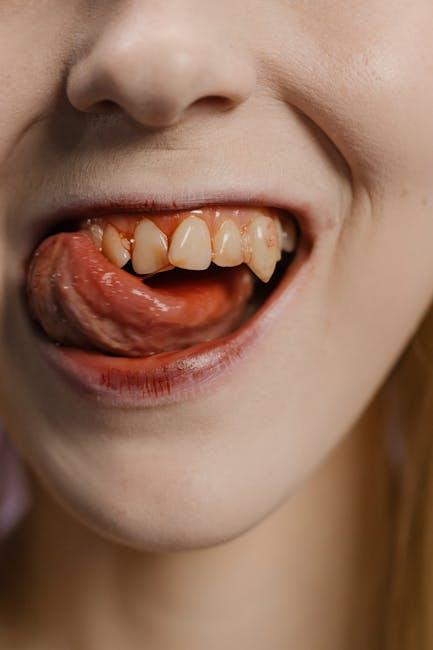
Does Medicaid Cover Dental? Orthodontics, Common Procedures & State Coverage
Dental health plays a vital role in overall wellness, but many people wonder, does Medicaid cover dental care? The answer isn’t straightforward — Medicaid dental coverage varies widely by state and population group. If you or a loved one rely on Medicaid, understanding what dental services are covered, including orthodontics and common procedures, is essential for making informed healthcare decisions.
Overview of Medicaid Dental Coverage
Medicaid is a federal and state program that provides healthcare coverage for low-income individuals and families. However, while medical coverage under Medicaid is mandatory, dental benefits are optional for states to provide. This means that each state designs its Medicaid dental benefits differently.
Here’s what you need to know:
- Children under age 21: Under the Early and Periodic Screening, Diagnostic, and Treatment (EPSDT) benefit, dental coverage for children is mandatory, ensuring they get necessary preventive and restorative dental care.
- Adults: Dental coverage for adults on Medicaid depends on the state. Some states offer comprehensive dental benefits, while others provide minimal or emergency-only dental care.
Key takeaway:
Whether Medicaid covers dental care — especially orthodontics — depends heavily on where you live and your age.
Common Dental Procedures Covered by Medicaid
What dental services does Medicaid typically cover? While coverage varies, common procedures often include:
- Preventive care: Routine exams, cleanings, fluoride treatments, and sealants
- Diagnostic services: X-rays and oral exams to identify dental problems
- Restorative procedures: Fillings, crowns, root canals, and extractions
- Emergency dental services: Treatment for toothaches, infection, and trauma
- Orthodontics: Often restricted and usually only covered for children with severe dental issues
It’s important to confirm specific covered services through your state Medicaid program or by contacting your Medicaid dental provider.
Medicaid Dental Coverage Comparison (Example States)
| State | Adult Dental Coverage | Orthodontics Coverage | Children’s Dental Coverage |
|---|---|---|---|
| California | Comprehensive | Limited, medically necessary only | Comprehensive |
| Texas | Emergency only | Not covered | Comprehensive |
| New York | Comprehensive | Covered for children with medical necessity | Comprehensive |
| Florida | Emergency only | Not covered | Comprehensive |
Does Medicaid Cover Orthodontics?
Orthodontic treatment—such as braces and aligners—is one of the most frequently asked-about dental services regarding Medicaid coverage. Typically:
- For children: Many states provide orthodontic coverage if the treatment is medically necessary (e.g., malocclusion affecting speech or chewing).
- For adults: Orthodontics are rarely covered unless there’s a clear medical necessity. Cosmetic orthodontic treatment is generally excluded.
Before proceeding with orthodontic care, it’s crucial to obtain a prior authorization from your Medicaid plan and check the exact coverage criteria.
State-by-State Medicaid Dental Coverage: What to Expect
Medicaid dental programs are complex. The scope of dental coverage depends on each state’s legislative decisions and budgets. Understanding your state’s Medicaid dental benefits can save you from surprise costs or denied claims. Here’s a glimpse of how dental coverage varies:
- Comprehensive Coverage States: Generally provide routine diagnostic, preventive, and restorative dental services for adults and children.
- Limited Coverage States: Offer restricted dental benefits such as emergency care only for adults, with more comprehensive benefits for children.
- No Adult Dental Coverage: A few states do not provide any dental benefits to adult Medicaid recipients but maintain full EPSDT dental benefits for children.
For a complete list of dental benefits by state, visit your state’s Medicaid website or the official Medicaid dental coverage map on Healthinsurance.org.
Benefits of Medicaid Dental Coverage
Having Medicaid dental benefits offers many advantages, including:
- Access to preventive care that reduces cavity and gum disease risks
- Lower out-of-pocket dental expenses for low-income families
- Early detection and treatment of oral health issues to prevent costly emergency visits
- Improved overall health through oral care, since dental health impacts cardiovascular and systemic health
Practical Tips for Maximizing Medicaid Dental Benefits
- Verify your state’s coverage: Check your state’s Medicaid dental policies annually as benefits can change.
- Find in-network providers: Use Medicaid’s dental provider directory to find dentists who accept your coverage.
- Schedule regular dental checkups: Preventive care reduces the need for expensive procedures later.
- Keep all documentation: Save referrals, authorizations, and receipts to facilitate claims or appeals.
- Consult your Medicaid caseworker: They can help clarify what treatments are covered and assist with prior authorizations.
Real-Life Case Study: Understanding Medicaid Dental Coverage in Action
Jessica’s Story: Jessica, a 34-year-old Medicaid recipient in New York, needed dental care after years without treatment. Thanks to New York’s comprehensive adult dental benefits, she received cleanings, a cavity filling, and a dental crown at little or no cost. Her dentist also referred her for orthodontics due to a severe bite issue affecting her speech. After Medicaid approved the medically necessary treatment, Jessica began orthodontic care, which would have been unaffordable otherwise. This highlights the potential for Medicaid to support complex dental needs when coverage is available and managed properly.
Conclusion
Does Medicaid cover dental care? Yes—especially for children, but coverage for adults can vary widely by state and specific dental service. Orthodontics coverage is often limited, typically reserved for children with medically necessary conditions.
Understanding your state’s Medicaid dental benefits is crucial to accessing the care you need without unexpected costs. Whether you are looking for routine dental procedures or orthodontic treatment, always verify coverage, find participating dental providers, and work closely with your Medicaid plan to maximize your benefits.
For more information on Medicaid dental coverage, orthodontics, and state-specific benefits, visit Healthinsurance.org.


